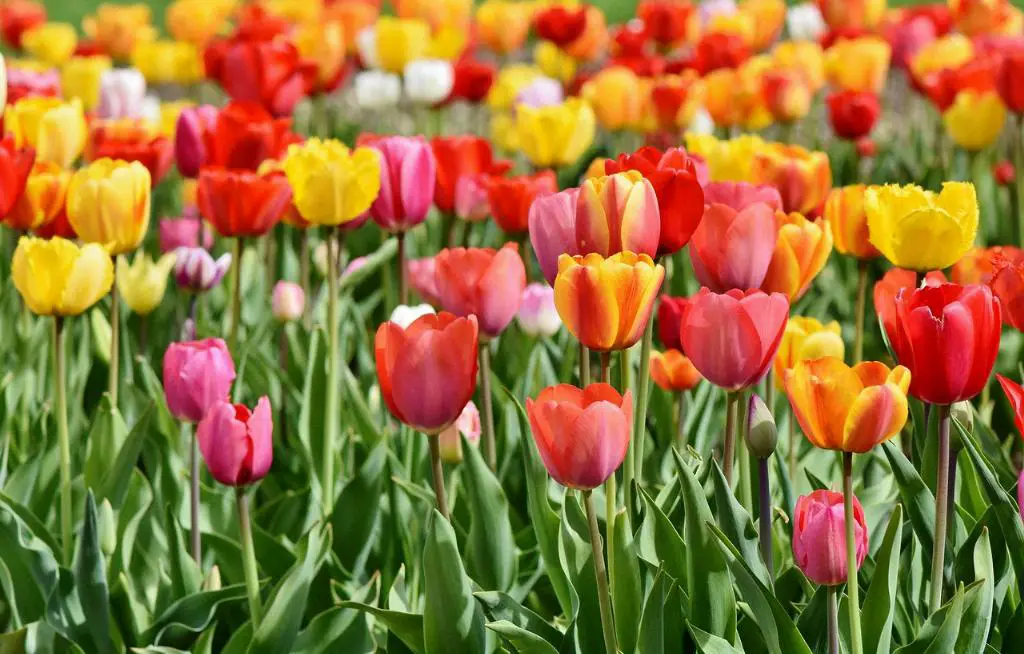Planting tulip bulbs in containers is a fantastic way to brighten up your home or garden with beautiful blooms. Follow these steps to ensure your tulips thrive in a container setting.
1. Choose the Right Container
When selecting a container for your tulip bulbs, opt for a pot that has good drainage holes to prevent waterlogging. Ensure the container is deep enough to accommodate the bulbs and allow for proper root growth.
2. Select Quality Bulbs
Before planting, inspect the tulip bulbs to ensure they are firm and free from any signs of rot or damage. Select bulbs that are of good quality and size for optimal blooming.
3. Use Well-Draining Soil
Fill the container with a well-draining potting mix that is rich in organic matter. This will provide the tulip bulbs with the necessary nutrients for healthy growth.
4. Planting Depth
Plant the tulip bulbs in the container at a depth that is approximately two to three times the height of the bulb. This will ensure proper anchoring and stability for the bulbs.
5. Positioning the Bulbs
Place the tulip bulbs in the container with the pointed end facing up. Arrange the bulbs in a close grouping to create a visually appealing display of blooms.
6. Protect from Critters
To prevent critters from disturbing the bulbs, consider placing a grate over the top of the container. This will deter pests while still allowing for proper air circulation.
7. Watering Needs
Water the tulip bulbs thoroughly after planting to ensure the soil is evenly moist. Avoid overwatering, as this can lead to bulb rot and other issues.
8. Sunlight Requirements
Position the container in a location that receives ample sunlight, as tulips require full sun to bloom beautifully. Ensure the bulbs get at least six hours of sunlight per day.
9. Fertilization
Once the tulip bulbs have started to sprout, you can consider applying a balanced fertilizer to promote healthy growth and vibrant blooms. Follow the instructions on the fertilizer package for best results.
10. Monitoring Growth
Keep an eye on the growth of your tulip bulbs, watering as needed and removing any faded blooms to encourage continuous flowering. Monitor for signs of pests or disease and take action promptly if needed.
11. Winter Care
During the winter months, protect the container from extreme cold temperatures by moving it to a sheltered location or wrapping it with insulation. This will help prevent damage to the bulbs.
12. Enjoy the Blooms
Once your tulips have bloomed, sit back and enjoy the beauty they bring to your home or garden. Consider cutting a few blooms to create stunning floral arrangements to brighten up your indoor space.

